Is there a method that is particularly suitable for novices and adults to practice calligraphy? How can adults practice calligraphy most effectively? Are there any efficient and practical methods for adults to practice calligraphy? Many people are thinking that as they get older, their handwriting seems to have taken shape, can they still improve their handwriting? This is the confusion that many friends have at present. Adults who can write beautiful handwriting can give people a very good impression at work, especially when signing contracts, signing agreements, taking exams, etc. It will improve a person's level of ideological understanding and knowledge. , aesthetic taste will also improve accordingly. Being able to write beautiful handwriting can often give people the feeling and impression of being well-educated, elegant in words and deeds, and extraordinary in bearing. So is there any good way for novice adults to practice calligraphy? Next, Quick Calligraphy Practice will share a detailed step-by-step calligraphy practice method that is especially suitable for adults.
For novices, especially adults who choose to practice calligraphy, in addition to mentality, patience, and persistence, the order of the practice process and the choice of tools are the most important.
First, the practice process is divided into sequence and key points.
1. Writing
The size of the characters is inversely proportional to the angle between the rod and the paper
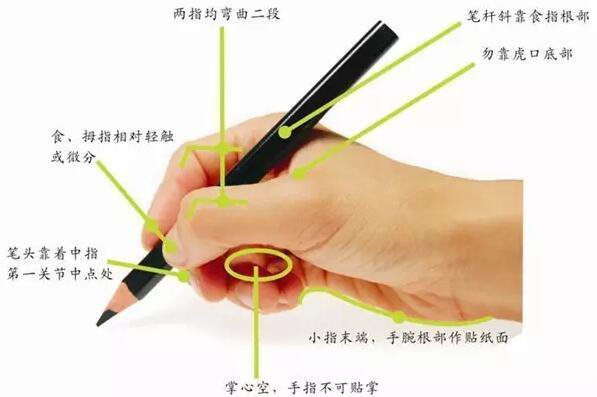
2. Writing pen
At the turning point, you can press the pen tip slightly harder to make the strokes thicker to show the strokes.
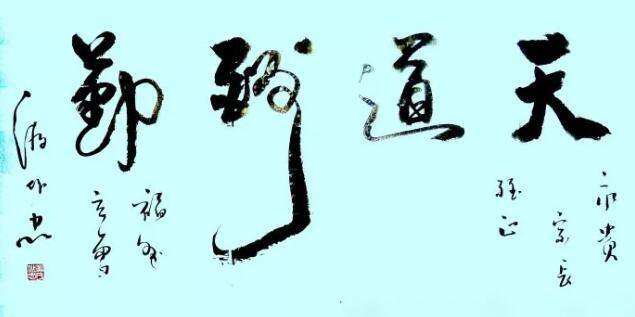
Second, how to choose tools, paper, ink, pen and inkstone.
1. Copybook
Recommended copybook: Choose a suitable calligraphy training set based on your writing basics, such as groove calligraphy practice, which is convenient and quick. Keep practicing and master the rules of calligraphy to develop good calligraphy!
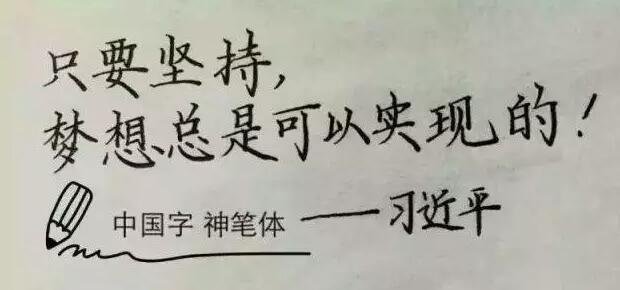
2. Pen
In the early stage, do not use pens that are too thin or too thick, do not use pens that are too expensive, and do not use pencils.
It is recommended to pick up a few cheap fountain pens, or use gel pens that are easy to write with.
Theoretically speaking, any writing instrument can be used to practice calligraphy. However, for novices who practice calligraphy, the saying "those who are good at calligraphy do not choose pens" do not apply.
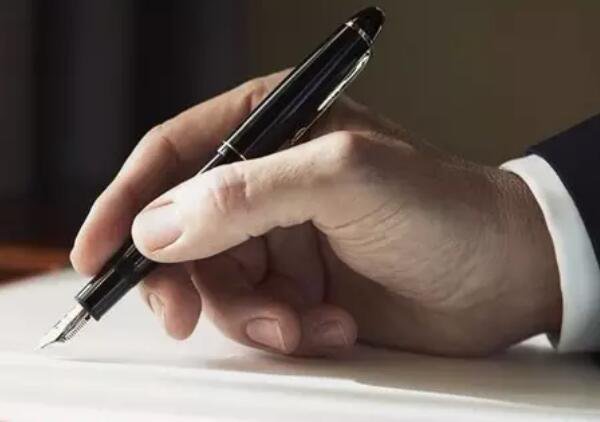
Generally speaking:
1. The strokes of the soft pen are rich in expression.
2. The lines of the gel pen are relatively stiff.
3. The pen is flexible enough and can write varied lines.
4. The pencil has a certain degree of softness, and the thickness change effect is also good.
For beginners practicing calligraphy, pens are the first choice, followed by pencils.
When choosing a pen for a novice, it is recommended to choose one with a slightly harder nib. It doesn't matter whether the pen is high-end, expensive or cheap.
3. Ink
Blue-black ink and carbon ink will block writing for a while. If you practice calligraphy for a long time, blue-black ink is best.
4. Font
It is recommended to start with regular script and then running script. Ancient regular script is better than modern regular script (the contrast is not obvious, personal preference). There is no difference between simplified and traditional Chinese.
Third, answers to frequently asked questions about calligraphy practice.
1. Should you practice calligraphy or strokes first?
Pure novices can first practice strokes and radicals for 7 days.
Even if you can't write well, don't spend all your time on drawing.
After a week, start practicing calligraphy directly. It is enough to spend 1/5 of the time practicing strokes each time.
When you are new to learning hard-pen writing, don't worry too much about whether the strokes are beautiful or not. The key point is actually the structure, structure, structure of the characters.
2. General steps for practicing calligraphy
It is important to practice good structure
The key to practicing calligraphy is to master the structure of characters.
The structure of a character refers to the length ratio of the strokes of the character and the interpenetrating and avoiding relationships between the strokes.
After mastering the structure of Chinese characters, I can write square and beautiful hard-stroke characters. By adding the characteristics of strokes such as Yan, Liu, Ou, and Zhao into the writing process, I can write Chinese characters in various font styles with slight changes.
If you cannot grasp the structure of Chinese characters, no matter how you modify or beautify the strokes of the characters, it will become an ugly superfluous thing, which will become more and more ugly.
Therefore, mastering the structure of characters is the key and foundation for practicing all calligraphy well.
After mastering the structure of characters and practicing basic skills, you can choose your favorite fonts for practice.
The process of selecting fonts is called calligraphy selection. On the basis of calligraphy selection, there are five steps of reading, tracing, copying, memorizing and creating.
The first step, read the post
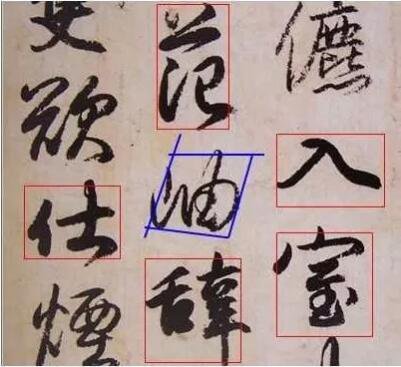
What to read? Read the glyphs, structure, and strokes, analyze and figure out the characteristics of the strokes and the relationship between the strokes. For example: when we read the word "Zhi" in the "Thirteen Lines of the Jade Edition" above, we need to read:
1. The stippling of "Zhi" is to the left and connected with the horizontal stroke;
2. The horizontal drawing is tilted to the upper right, and the horizontal angle is smaller;
3. The painting extends to the left beyond the horizontal stroke, and has the meaning of silkworm head;
4. The Na stroke has twists and turns, with the lower right side stretching and being the main stroke of the entire character;
5. Structurally dense on the left and sparse on the right;
6. When using a pen, the heaviest weight should be applied to the horizontal starting point, folding point, and the closing point.
This means reading glyphs, structures, and pens.
The second step, tracing
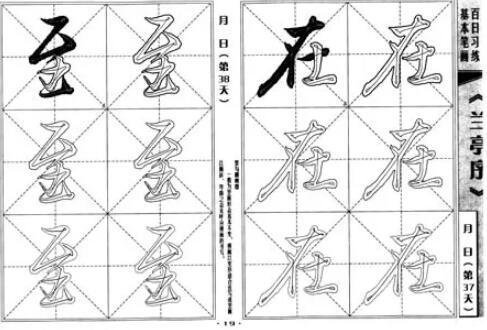
"Tracing" refers to tracing red, that is, beginners use a blue pen to trace along the handwriting on the printed red copybook. Nowadays, many copybooks are published in this way.
"Copy" refers to copying, that is, covering the model characters with transparent paper, and writing stroke by stroke along the shadow of the characters on the paper, which is also called copying.
The third step, temporary post
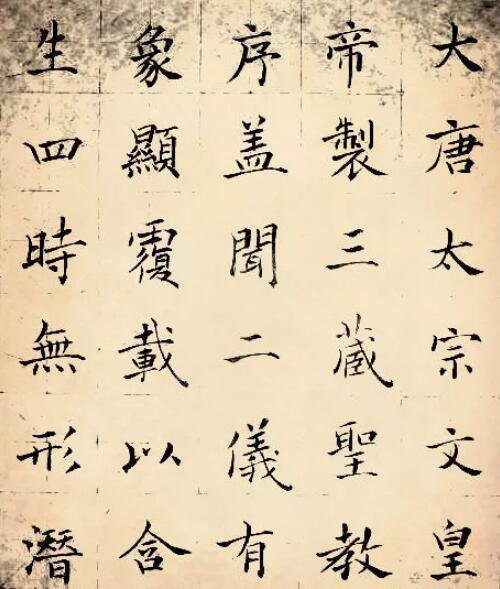
It means putting the copybook aside and watching the copybook write word by word on the homework paper. This method is helpful for mastering the writing style and meaning of the calligraphy, but it is not easy to master the structure of the calligraphy.
Step 4: Memorize the post

It refers to the method of removing the copybook based on the original copy, recalling the glyphs on the copybook based on your own memory, and writing it on the homework paper. This is a key step in practicing calligraphy well. Only by carefully scrutinizing the words you write and having a solid plan in mind can you write with spirit and accuracy. When writing, if you can see the exact shape of the Chinese characters you want to write on the white paper, and "write the characters on the paper, and the characters in your chest", and write like tracing red, writing good calligraphy will not be a problem.
Step 5. Creation
After mastering the writing method of the words on the copybook, I can understand the writing method of the words that are not on the copybook by analogy. Writing a piece of text that has a center, content, and a self-contained system based on your own needs to express your feelings is creation.
The above is about whether there is a method that is particularly suitable for novices and adults to practice calligraphy. How can adults practice calligraphy in the most effective way? Of course, when adults practice calligraphy, they must first completely forget the previous fonts and start from scratch, starting from the most basic dots and dashes. . Then practice the structure. The most important thing in calligraphy practice is structure. The quality of the structure directly affects the beauty of the calligraphy. Only by correctly mastering the structure and matching methods of calligraphy can you write beautiful and beautiful calligraphy.








